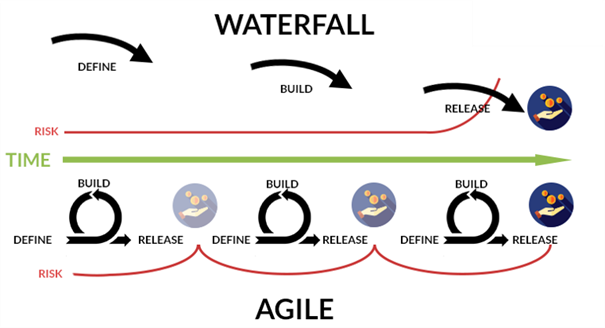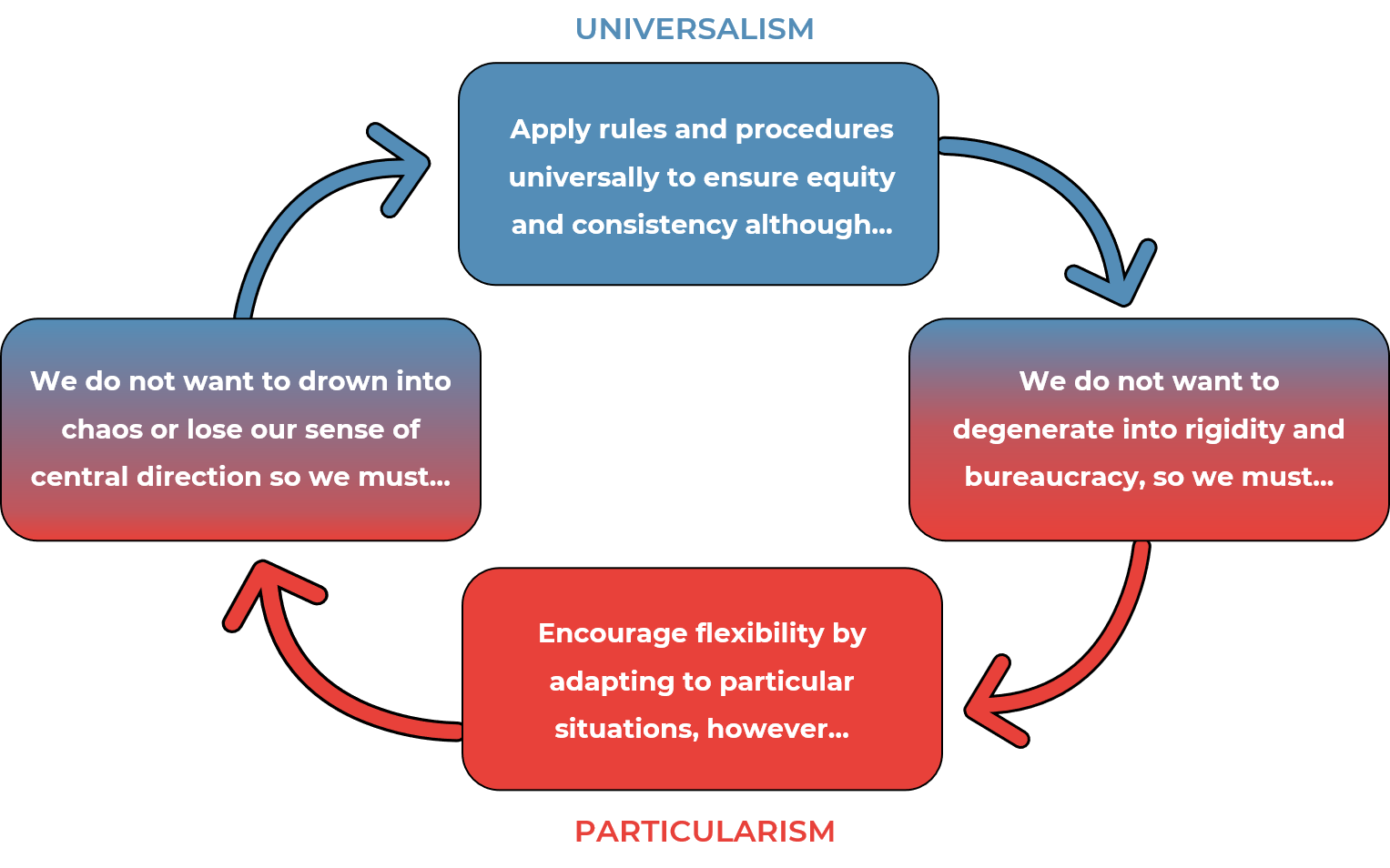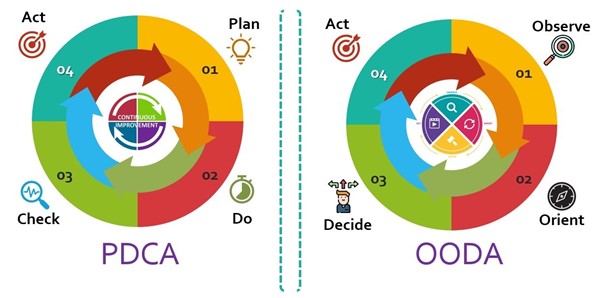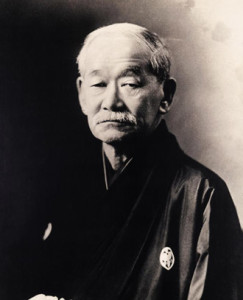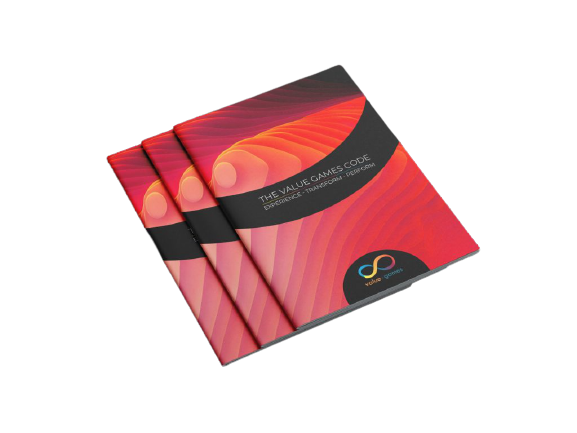Get in touch with us
By Alain Perrot, partner at Value Games
The COVID-19 crisis has shown the importance of the Agile methods, by necessity. But it has also exposed their limits because the magnitude and the complexity of that crisis have shown that in a world that is no longer simply VUCA, but now Protean (who, like Proteus in the Odyssey, transforms itself all the time); it is now vital to process quickly and at the same time, the short term AND the long term.
However, by philosophy, the Agile method prefers the short term, by managing the long-term… when it occurs. In this article, I recommend you a WAY (TAO in Chinese) that allows going beyond Agility, to go towards what some call Antifragility, and other Velocity, meaning an approach that allows you to get out stronger from a volatile or chaotic situation, in opposition to the resilience simply allowing you to recover from a crisis.
Twilight of the Cyclops
In a previous article (Twilight of the Cyclops), I explained the intrinsic weakness of monolithic visions, inevitably leading to dogmatism, even to the blindness, when the vision becomes an obsession pushing apart any other point of view.
Some Agile militants remind me of this phrase from Maslow : If the only tool you have is a hammer, you will tend to see all problems as nails.
At other times, there has been a similar sterile controversy between the proponents of MRP2 (industrial management equivalent of Waterfall) and Just-in-Time (equivalent of Agile), the JIT proponents declaring, with the same conviction as today’s Agile fans, that JIT will make MRP2 disappear. We know the rest of the story.
That is where the Antifragility goes beyond Agility, in my opinion, because intrinsically it features the same duality, or even better the Dialogic, close to the heart of Edgar Morin, the father of the complex thought, stipulating that a system is resilient, up to being antifragile, when it allows the cohabitation of two opposing principles, nourishing and reinforcing one another.
As explains Egar Morin, the human nature is dualistic: we are, at the same time, Homo sapiens and Demens, Homo Faber and Mythologicus, and, finally, Homo Economicus and Ludens. Asking us to work exclusively as Homo sapiens, Faber, and Economicus is an absolute nonsense, because that is denying our profound human nature.
It is the major critic made to Socrates by Nietzsche, because, according to him, with his dialectic based on thought and reasoning, Socrates was killing the creative impulse, often imperfect at the beginning, therefore easily open to criticism. That is the critic I make to these processes said “Innovation”, which, in reality, are often tribunals eliminating ideas coming from outside the box, including some of them being breakthrough innovations, just like digital photography was rejected many times by the Board of directors of Kodak, or when at Air Liquide Welding, we have proposed a gasless welding solution to the head office of Air Liquide…
As has sung Brassens in his song named “Mauvaise Réputation” : No, good people do not like us to follow a path different from theirs…”
You have to free yourself to think better, you need to dream of acting better, you have to play to create more shared value, the only long-standing value, like has perfectly understood the Mars group with its principle of mutuality, that William Edwards Deming was seeing as the ACT of its PDCA, thus its culmination.
In the same way, for a long time, the secret of the succes of a group like Danone resided on its “dialogic” leadership, which was the transmission belt of its dual economic and social project. I think Danone has lost its DNA when it lost its “dialogic” leadership.
However, that is precisely the creative tension between the two opposing AND complementary principles that provides resilience and Antifragility to a system.
Antifragility and the Intrinsic Fragility of Diversity
Universalism has a belief (that it names “value”) that all rules should be universal, that is a dimension we find in all Anglo-Saxon countries, probably because of the Protestant religion.
Particularism has a belief (also named “value”) that each situation is particular.
Universalist businesses (more often than not from Anglo-Saxon countries) prefer processes and tools of the simplest universalism nature. While particularism businesses (most often from Latin countries) put the human up front and the most complex singularity vector (a particularism that becomes universal, like the Mona Lisa has become the painting of the world). We can easily imagine the challenge of implementing a new universalism system within a particularism culture, which means 95% of the world population. That is where the dialogic approach, thus antifragile approach of Trompenaars is powerful, because it does not make a choice between one or the other, it proposes a circular and dynamic approach allowing the introduction of more particularism or universalism, depending on the situation we are facing.
That is exactly why business games like Value Race are powerful change accelerators in companies, because they allow passing from a universal message (cooperation, for example) in a particularism way by integrating de facto local culture, since people learn by playing (Homo Ludens) instead of learning by being hammered by rational PowerPoint presentations (Homo Economicus) of a universalist nature.
Dialogic as Code of Conduct
The power of the dialogic approach is to be able to have unlimited variations. So, lately, I failed in a relation to a client, by being too assertive, which he, falsely, interpreted as arrogance. In Agile mode, the powerful temptation would be to hastily conclude that in the future, we need to develop the art of asking the right questions, so to be more interrogative. But being interrogative could be perceived by another client as being indecisive, or to have no belief. In cultures where Power Distance is high, they expect, on the contrary, from a consultant to be assertive, since he’s supposed to be an authority in his expert field. In Kazakhstan, a country with a very strong Power Distance, in which I often intervene, they call me “Sommelier”, because I practiced this art of mine for a long time before recommending it. In a restaurant, you do not expect a sommelier to ask you too many questions, you expect to receive a clear recommendation.
The proper dialogic response is that you need to be both assertive and interrogative at the same time, and, since it is very difficult for someone to be mentally assertive and interrogative at the same time, it is best to have an approach with a complementary duet where one would be assertive (in general, that would be the expert) and the other interrogative (preferably the vendor or the project manager).
This supposes, as we can easily understand, an absolute trust between the two people, which lead a dialogic conversation. Indeed, if two people not trusting each other totally start a dialogic conversation, they will plummet into the “I am right, he’s wrong” logic, leading to a dead end. From the neuroscientific point of view, since a dialogic conversation is always at the level of the convictions, thus passions, when a dialogic conversation rails off, it is useful to have a trigger that “disconnects” the mammalian brain going off tracks.
I am often quite talkative over subjects I have a passion for (oppositely, I am quite silent when it comes to subjects for which I have no interest). So, within the Value Games team, we have agreed on the “capito” word to politely tell me I had said enough.
S&OP as an Art of Crucial Conversation Through Dialogic
So, with this Antifragile approach, within a GPS-type S&OP, teams constantly wonder if a topic should be addressed in PDCA (equivalent of Waterfall) or OODA (equivalent of Agile).
Being aware of the complexity of the subject, of the challenge to constantly practice it (we all have a comfort zone, either robust, agile, sequential or synchronous), at Value Games, we have created Value Team, a business game, variant of Value Race, immersing teams in a crisis situation similar to the one of COVID-19, in order to experience their Antifragility level, according to our S^6 model :
STRATEGY
SKILLS
STRUCTURE
SYSTEM
SEARCH
SHIFT
An example of an antifragile SPIRIT is the remarkable model of Preeti D’mello, director of the diversity of the Lead Academy of Tata Consultancy Services :

An example of SHIFT (movement or change) can be found in the five principles of judo (“path to agility” in Japanese), which I practiced for 10 years, and that forged my way of thinking and acting.
Jigoro Kano’s Five Principles of Judo :



